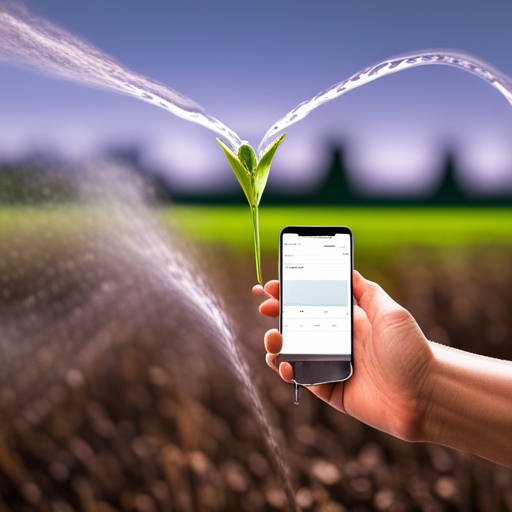Soil sensors are essential tools for modern agriculture, providing farmers with critical information about soil conditions that can affect crop growth and yield. These sensors measure various factors like moisture content, temperature, pH level, and nutrient concentration, allowing farmers to make data-driven decisions for efficient resource management. However, like all tools, soil sensors require proper maintenance to ensure their accuracy and longevity. In this article, we will discuss how soil sensors should be maintained to ensure optimal performance and reliability.

Regular Calibration
Calibration is the process of adjusting a sensor's output to match a known reference value. Soil sensors must be calibrated regularly to ensure accurate readings. Calibration should be performed before installing a new sensor and periodically thereafter, depending on the manufacturer's recommendations or as needed. Calibrating a soil sensor involves exposing it to a known reference value, such as a standard solution or a natural environment with a known parameter. The sensor's output is then adjusted to match the reference value. Calibration should be performed in a controlled environment to minimize external variables that could affect the sensor's reading. Farmers should keep accurate records of calibration dates and results to track sensor performance over time.
Proper Cleaning
Soil sensors can accumulate dirt, debris, and other contaminants that can impair their performance. Proper cleaning is crucial to maintain the accuracy and longevity of soil sensors. Cleaning procedures vary depending on the type of sensor and manufacturer's recommendations. Generally, soil sensors should be gently cleaned with a soft-bristle brush or a damp sponge to remove any visible dirt or debris. Avoid using harsh chemicals or abrasive materials that could scratch or damage the sensor's surface. Some sensors may require special cleaning solutions or procedures, which should be followed carefully.
Correct Installation
Proper installation is critical for accurate soil sensor readings. Soil sensors should be installed according to the manufacturer's instructions and best practices. Some general guidelines for correct installation include placing the sensor at the appropriate depth for the parameter being measured, ensuring good soil contact and compaction around the sensor, and avoiding interference from nearby objects such as rocks or plant roots. Farmers should also ensure that the sensor's wiring and connections are secure and protected from damage.
Regular Maintenance Checks
Regular maintenance checks can help identify potential issues with soil sensors before they become significant problems. Farmers should perform routine inspections of their soil sensors to ensure they are functioning correctly. This includes checking connections, wiring, and other components for signs of wear or damage. Any damaged or malfunctioning parts should be repaired or replaced promptly. Farmers should also monitor sensor readings regularly and compare them to expected values to identify any discrepancies that could indicate a problem.
Storage and Transport
Soil sensors may need to be removed from the field for storage or transport during offseasons or between crops. Proper storage and transport are crucial to prevent damage or contamination that could affect sensor accuracy. Soil sensors should be carefully cleaned, dried, and stored in a clean, dry, and secure location. Sensors should be protected from extreme temperatures, moisture, dust, and other environmental factors that could impair their performance. During transport, sensors should be packaged securely and protected from shock and vibration.
n conclusion, soil sensors play a vital role in modern agriculture, providing farmers with critical information about soil conditions that can influence crop growth and yield. Proper maintenance is necessary to ensure optimal sensor performance and longevity. Farmers should regularly calibrate their sensors, clean them properly, install them correctly, perform regular maintenance checks, and store and transport them appropriately. By following these best practices, farmers can optimize their use of soil sensors, make data-driven decisions for efficient resource management, and promote sustainable agricultural practices.





